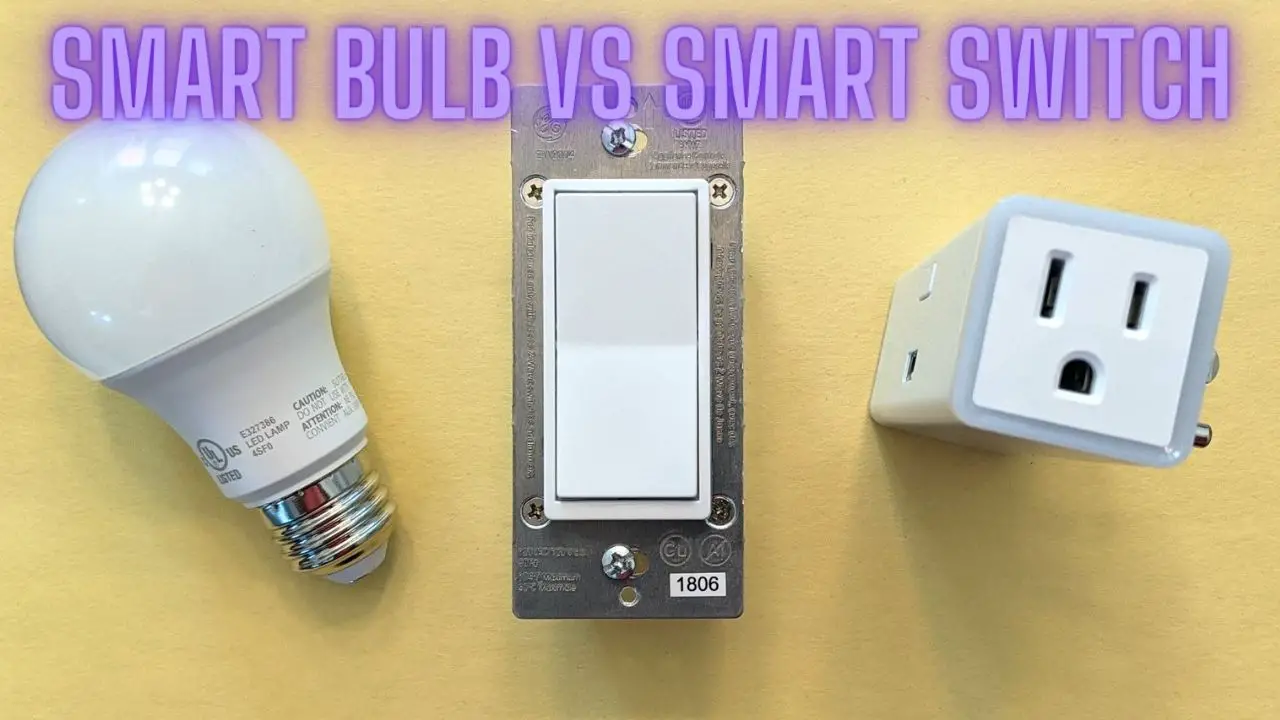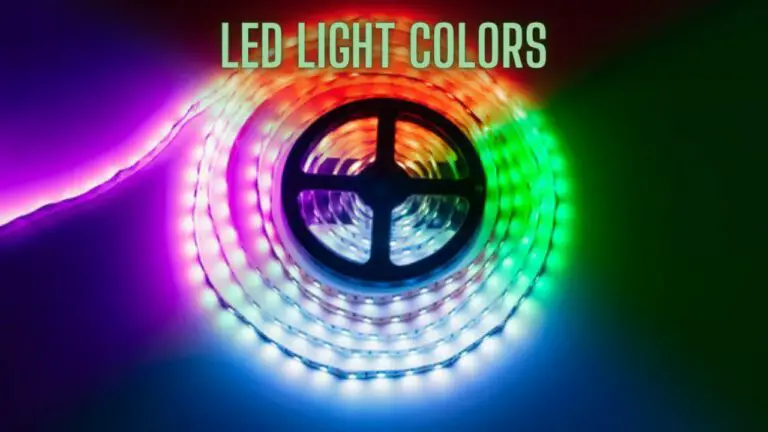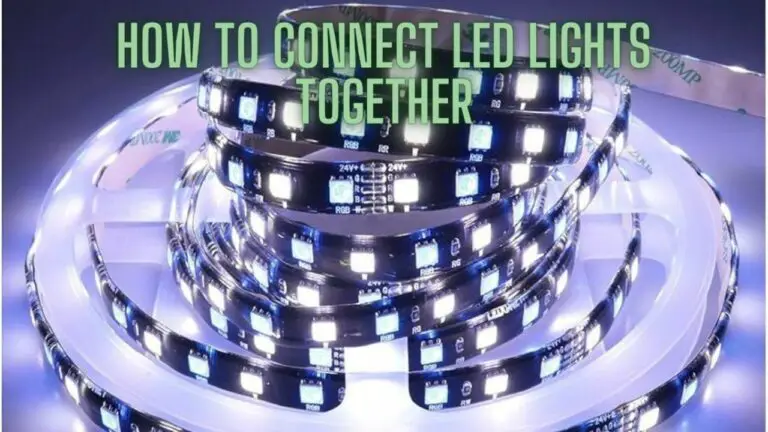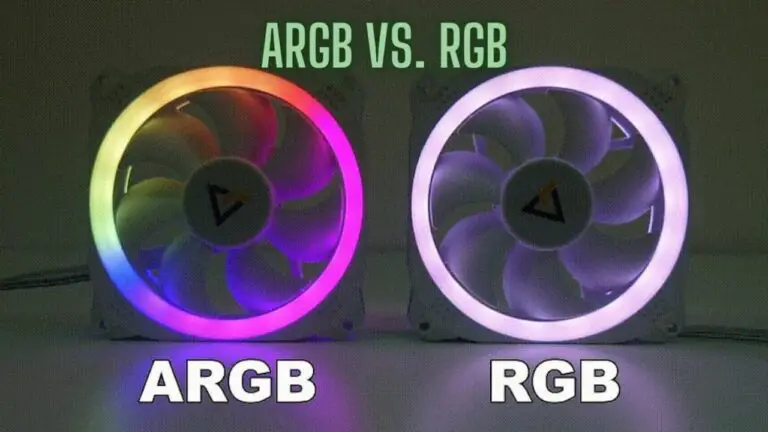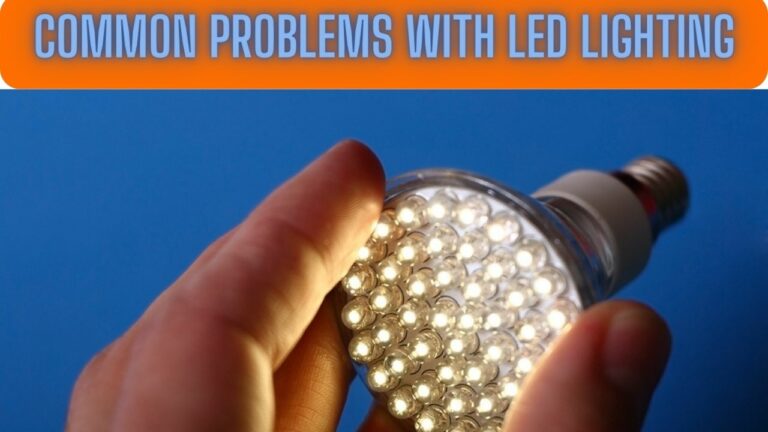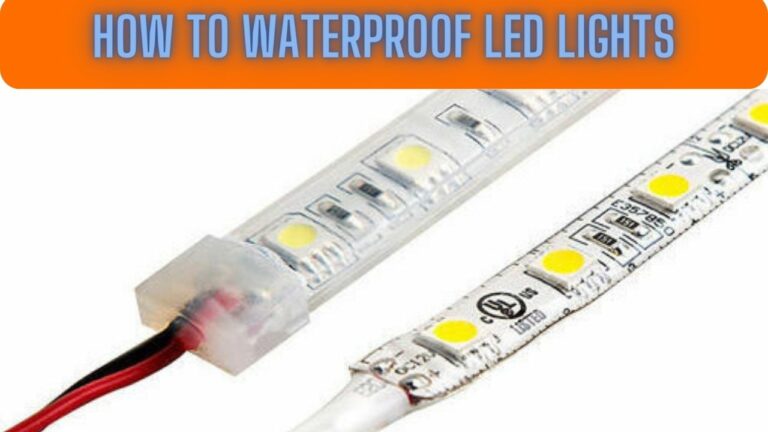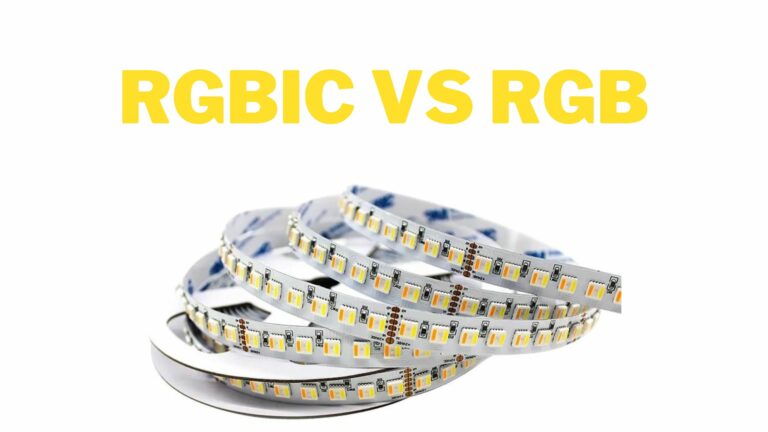Smart Switch Vs Smart Bulb: Making the Right Choice for Your Smart Home
Introduction
In the era of rapidly advancing technology, the concept of a smart home has gained significant traction. From controlling your lights and appliances remotely to optimizing energy consumption, smart devices offer convenience and efficiency. When it comes to lighting, two popular options are smart switches and smart bulbs. Both offer unique features and advantages, but choosing between them depends on your specific needs and preferences.
Smart Switches: Enhancing Control and Accessibility
Smart switches are designed to replace traditional light switches. They are installed directly into your home’s electrical system and provide centralized control over your lighting fixtures. Here are some key advantages of using smart switches:
- Centralized Control: Smart switches allow you to control multiple lights or fixtures simultaneously. With a single switch, you can turn off all the lights in a room or even the entire house, which is especially convenient when leaving home or going to bed.
- Physical Interaction: Smart switches retain the familiar physical interaction of a traditional light switch. This can be important for family members and guests who may not be familiar with smart home technology.
- Compatibility: Since smart switches are connected directly to your home’s electrical wiring, they work with any type of light bulb, including incandescent, LED, and CFL bulbs.
- Dimming and Scenes: Many smart switches offer dimming capabilities, allowing you to adjust the brightness of your lights. Additionally, some models support scene settings, enabling you to create predefined lighting configurations for different occasions.
- Energy Efficiency: Smart switches are often more energy-efficient than smart bulbs. They completely cut off power to the light fixtures when turned off, reducing phantom energy consumption.
Smart Bulbs: Flexibility and Ambiance
Smart bulbs are individual light bulbs that can connect to your home Wi-Fi network and be controlled using a smartphone app, voice commands, or automation. Here’s why smart bulbs might be the right choice for you:
- Color and Ambiance: Smart bulbs offer a wide range of colors and color temperatures. You can adjust the lighting to match your mood, create specific atmospheres, or even sync the lighting with music or movies.
- Ease of Installation: Installing smart bulbs is as simple as screwing in a light bulb. No electrical work is required, making them a great option for renters or those who want to avoid complex installations.
- Individual Control: With smart bulbs, you can control each bulb individually. This is ideal for situations where different bulbs in the same room need to be set to different brightness levels or colors.
- Portability: If you move, you can take your smart bulbs with you and use them in your new space. This isn’t possible with smart switches, which are integrated into the home’s electrical system.
- Scheduling and Automation: Smart bulbs offer scheduling features, allowing you to automate when they turn on and off. This can enhance security by simulating occupancy when you’re away from home.
Making the Decision: Factors to Consider
When comparing smart switches and smart bulbs, several factors should be considered to determine which option best suits your needs. Here are some key factors to consider:
- Existing Infrastructure: Assess the current wiring and fixtures in your home. Smart switches require compatible wiring and may not work with all types of fixtures, while smart bulbs can be installed in any standard socket.
- Control Mechanism: Decide whether you prefer controlling your lights through a physical switch (smart switch) or directly through the bulb (smart bulb). Consider which method aligns better with your habits and preferences.
- Functionality: Evaluate the desired functionality such as dimming capabilities, color options (for colored bulbs), scheduling, and automation. Smart bulbs typically offer more diverse lighting options, including color changing and dimming, while smart switches may have limited functionality depending on the model.
- Integration with Smart Home Systems: Check compatibility with your existing smart home ecosystem. Ensure that the smart switch or bulb can be seamlessly integrated with platforms like Alexa, Google Assistant, or Apple HomeKit if you plan to control your lights through voice commands or integrate them with other smart devices.
- Installation: Consider the ease of installation and any additional equipment or expertise required. Smart bulbs are generally easier to install since they simply replace existing bulbs, while smart switches may require electrical wiring knowledge for installation.
- Cost: Compare the upfront costs and long-term expenses associated with each option. Smart switches tend to be more expensive upfront, especially if you have multiple switches to replace, but may offer cost savings in the long run due to lower bulb replacement costs. Smart bulbs are typically cheaper initially but may incur higher ongoing expenses for bulb replacements.
- Energy Efficiency: Assess the energy consumption of both options and any energy-saving features they offer. Some smart bulbs are more energy-efficient than traditional bulbs, while smart switches consume minimal power when in standby mode.
- User Experience: Consider factors such as ease of use, responsiveness, and the quality of the accompanying mobile app. Ensure that the chosen option provides a user-friendly experience that aligns with your preferences.
- Flexibility and Versatility: Think about how flexible each option is in terms of adapting to different lighting needs and scenarios. Smart bulbs offer more versatility in terms of adjusting colors and brightness levels, while smart switches provide consistent control over existing fixtures.
- Aesthetics: Take into account the design and appearance of the smart switch or bulb, especially if you prioritize aesthetic considerations in your home decor.
- Maintenance and Durability: Evaluate the lifespan of the product and any maintenance requirements. Smart bulbs may need to be replaced more frequently than smart switches, especially if they are used extensively or subjected to harsh environmental conditions.
- Security and Privacy: Consider the security features and privacy protections offered by each option. Ensure that the chosen smart devices employ robust encryption and authentication measures to safeguard against unauthorized access to your home network and personal data.
By carefully considering these factors, you can make an informed decision about whether a smart switch or smart bulb is the right choice for your home lighting needs.
Smart Switch Vs Smart Bulb Comparison
Smart switches and smart bulbs are both integral components of a modern smart home setup, but they serve distinct purposes and offer different features. Here’s a breakdown of the key differences between the two:
1. Functionality:
- Smart Switches: These are essentially replacements for traditional light switches. They control power to the entire lighting fixture, and in some cases, they can control multiple fixtures simultaneously. Smart switches provide centralized control and can often be integrated into home automation systems to manage lights, fans, and other electrical devices.
- Smart Bulbs: These are individual light bulbs that can be wirelessly controlled using a smartphone app, voice commands, or automation. Smart bulbs can change colors, brightness levels, and sometimes color temperatures, allowing you to create dynamic lighting effects and set the desired ambiance.
2. Installation:
- Smart Switches: Installing a smart switch requires some electrical work. It involves replacing your existing switch with the smart switch, which may involve wiring and possibly hiring a professional electrician.
- Smart Bulbs: Installing a smart bulb is extremely easy. You simply replace your regular light bulb with the smart bulb, just like you would with any other light bulb. This makes smart bulbs a great option for renters or those who want a hassle-free setup.
3. Compatibility:
- Smart Switches: These work with any type of light bulb, whether incandescent, LED, CFL, or halogen. They are compatible with a wide range of fixtures.
- Smart Bulbs: While most smart bulbs are designed to work with standard light sockets, there might be some compatibility issues with certain fixtures or lamp types. It’s important to check the specifications before purchasing.
4. Control:
- Smart Switches: They offer centralized control, meaning you control all the bulbs connected to a specific switch with one command. They also retain the physical interaction of a traditional light switch, which can be familiar for users.
- Smart Bulbs: Each smart bulb can be controlled individually, allowing you to set different colors, brightness levels, and schedules for each bulb. This level of granular control is useful in situations where you want specific lighting setups in the same room.
5. Energy Efficiency:
- Smart Switches: They are generally more energy-efficient than smart bulbs. When a smart switch is turned off, it cuts power to the entire fixture, reducing phantom energy consumption.
- Smart Bulbs: Some smart bulbs consume a small amount of energy even when turned off, as they need to maintain their Wi-Fi connection to receive commands. However, this standby energy consumption is typically very low.
6. Portability:
- Smart Switches: Once installed, smart switches become a permanent part of your home’s electrical system and cannot be easily moved to a new location.
- Smart Bulbs: Smart bulbs are portable and can be unscrewed and taken to a new location if you move. This makes them more versatile in terms of adapting to different living spaces.
7. Cost:
- Smart Switches: Generally, smart switches are more expensive than smart bulbs, especially when factoring in installation costs if you’re not comfortable doing the electrical work yourself.
- Smart Bulbs: These are more affordable upfront and don’t require additional installation costs.
Ultimately, the choice between a smart switch and a smart bulb depends on your specific needs and preferences. If you’re looking for centralized control, energy efficiency, and a more seamless integration into your home’s existing setup, a smart switch might be the better choice. On the other hand, if you value flexibility, individual control over each light source, and easy installation, smart bulbs could be the way to go.
Smart Switch Vs Smart Bulb FAQS
What is a smart switch, and how does it work?
A smart switch is a replacement for your traditional light switch that allows you to control the power to your lighting fixtures remotely. It’s wired into your home’s electrical system and connects to your Wi-Fi network. This enables you to control the lights using a smartphone app, voice commands, or automation.
What is a smart bulb, and how does it differ from a smart switch?
A smart bulb is an individual light bulb that connects to your Wi-Fi network. It can be controlled using a smartphone app, voice assistants, or automation. Unlike a smart switch, a smart bulb doesn’t require any wiring changes. You simply replace your existing light bulb with the smart bulb.
Can I use both smart switches and smart bulbs in my home?
Yes, you can use a combination of smart switches and smart bulbs in your home. They can complement each other to create a comprehensive smart lighting setup. For example, you might use smart switches for controlling overhead lights and smart bulbs for lamps and fixtures that require color changes or individual control.
Which is easier to install: smart switches or smart bulbs?
Smart bulbs are generally easier to install. You can replace a regular light bulb with a smart bulb in a matter of seconds. On the other hand, installing a smart switch involves some electrical work, as you need to replace your existing switch with the smart switch and ensure proper wiring.
Can I dim the lights with both smart switches and smart bulbs?
Yes, both smart switches and smart bulbs offer dimming capabilities. Smart switches with dimming functions can control the brightness of the connected lights. Similarly, smart bulbs often have adjustable brightness settings that you can control using an app or voice commands.
Do smart switches work with all types of light bulbs?
Yes, smart switches work with all types of light bulbs, including incandescent, LED, CFL, and halogen. This versatility is because smart switches control the power supply to the entire fixture, regardless of the type of bulb used.
Can I change the color of the lights using smart switches?
No, smart switches do not typically offer color-changing capabilities. They control the power to the light fixture but don’t affect the color or ambiance of the light itself.
Are smart switches or smart bulbs more energy-efficient?
Smart switches are generally more energy-efficient because they completely cut off power to the connected lights when turned off. Some smart bulbs may consume a small amount of standby power to maintain their connection to the network even when turned off.
Which is better for creating different lighting moods?
Smart bulbs are better suited for creating different lighting moods. They can change colors, color temperatures, and brightness levels, allowing you to customize the ambiance for various situations.
Can I take smart bulbs with me if I move to a new home?
Yes, smart bulbs are portable and can be easily unscrewed and moved to a new location. Smart switches, however, are integrated into your home’s electrical system and cannot be moved as easily.
Which option is more cost-effective: smart switches or smart bulbs?
Smart bulbs are generally more cost-effective upfront, as they don’t require additional installation costs. Smart switches can be more expensive due to the switch’s cost itself and the potential need for professional installation.
Conclusion
In conclusion, both smart switches and smart bulbs have their own advantages and suit different preferences. Smart switches offer centralized control and energy efficiency, while smart bulbs provide flexibility and ambiance customization. The choice ultimately depends on your home’s wiring, your budget, and the level of control and convenience you’re looking to achieve in your smart home setup.

